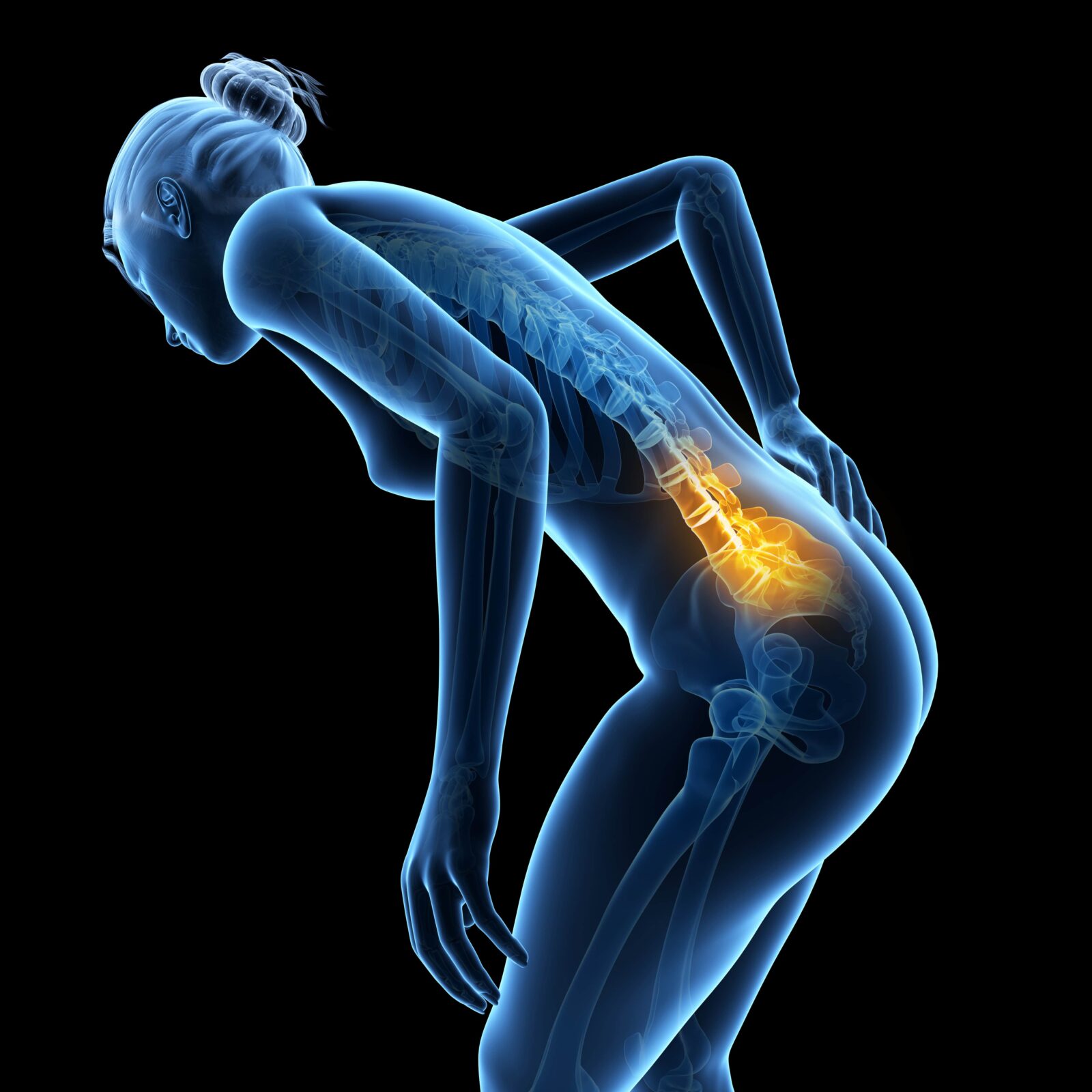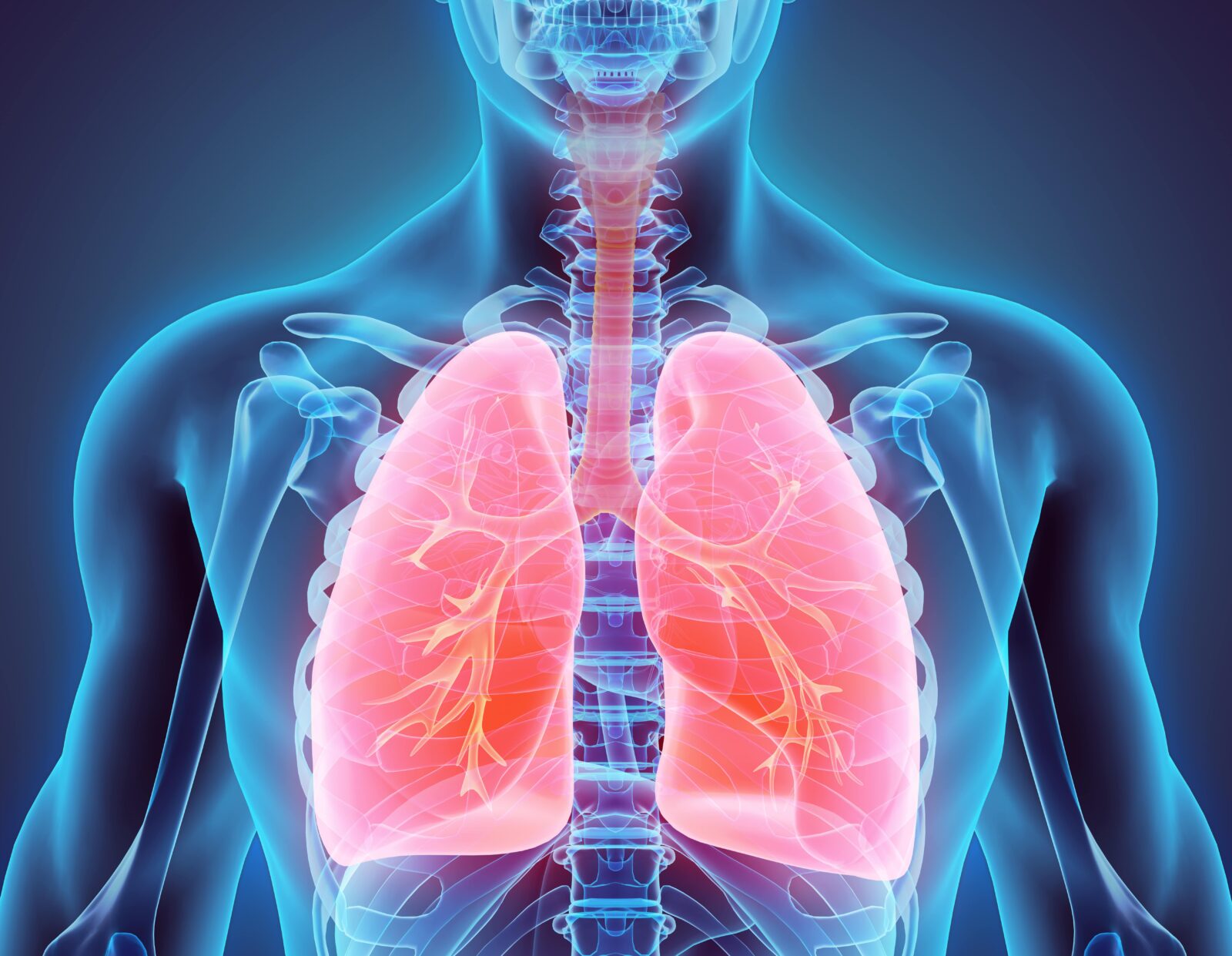June is Scoliosis Awareness Month, and we want to take this opportunity to talk about what scoliosis is and the different symptoms that can be associated with it. Many people are not aware of what scoliosis is, or they may mistake some of the symptoms for something else. This blog post will list and explain each symptom in detail so that you can better understand if you or someone you know may have scoliosis.
What is scoliosis?
Scoliosis is a condition that causes the spine to curve to the side. When viewed from the back, the spine is supposed to be straight, so when it curves, it can cause a lot of pain and problems. There are many different types of scoliosis, and the severity of the curvature can vary from person to person. For example, certain curves can form a “C” or “S” shape.
Symptoms of Scoliosis

Back Pain
The most common symptom of scoliosis is back pain. This pain can range from mild to severe, and it can get worse over time. The curvature of the spine puts a lot of pressure on the muscles and nerves, which can cause a lot of pain. This symptom is more commonly seen in adults than it is in children.
Uneven Shoulders or Hips
If you have scoliosis, you may also notice that your shoulders or hips are uneven. One shoulder may be higher than the other, or one hip may be higher than the other. This is because the spine is not straight, so it can cause your shoulders or hips to look uneven. Of course, this can eventually lead to problems with the shoulders or hips.
Numbness or Weakness
Another symptom of scoliosis is numbness or weakness in the arms or legs. This happens because the nerves are being pinched by the curvature of the spine. This can cause a lot of discomfort and make it difficult to move around. In some cases, pinched nerves can even interfere with proper motion and muscle strength.
Trouble Walking or Standing
If you have scoliosis, you may also have trouble walking or standing. This is because the curvature of the spine can make it difficult to balance. You may feel like you are going to fall over, or you may have trouble walking in a straight line. You may also experience pain when walking or standing for long periods of time due to the uneven pressure placed on your spine.

Shortness of Breath
Another symptom of scoliosis is shortness of breath. This happens because the lungs are not able to expand as much when the spine is curved. This can make it difficult to breathe, and you may feel like you are suffocating. In these cases, treatment is usually required to ease symptoms and prevent future complications.
Loss of Height
Over time, scoliosis can also cause a loss of height. This happens because the spine is not straight, so it can compress the bones in the spine. This can lead to a loss of height over time. If you have scoliosis surgery, you may actually gain a few inches of height once your spine is straightened.
In Conclusion
In this blog, we have listed and explained the different symptoms of scoliosis. If you or someone you know is experiencing any of these symptoms, it is important to see a doctor as soon as possible. Early detection and treatment are key to preventing further complications. Thanks for reading!










